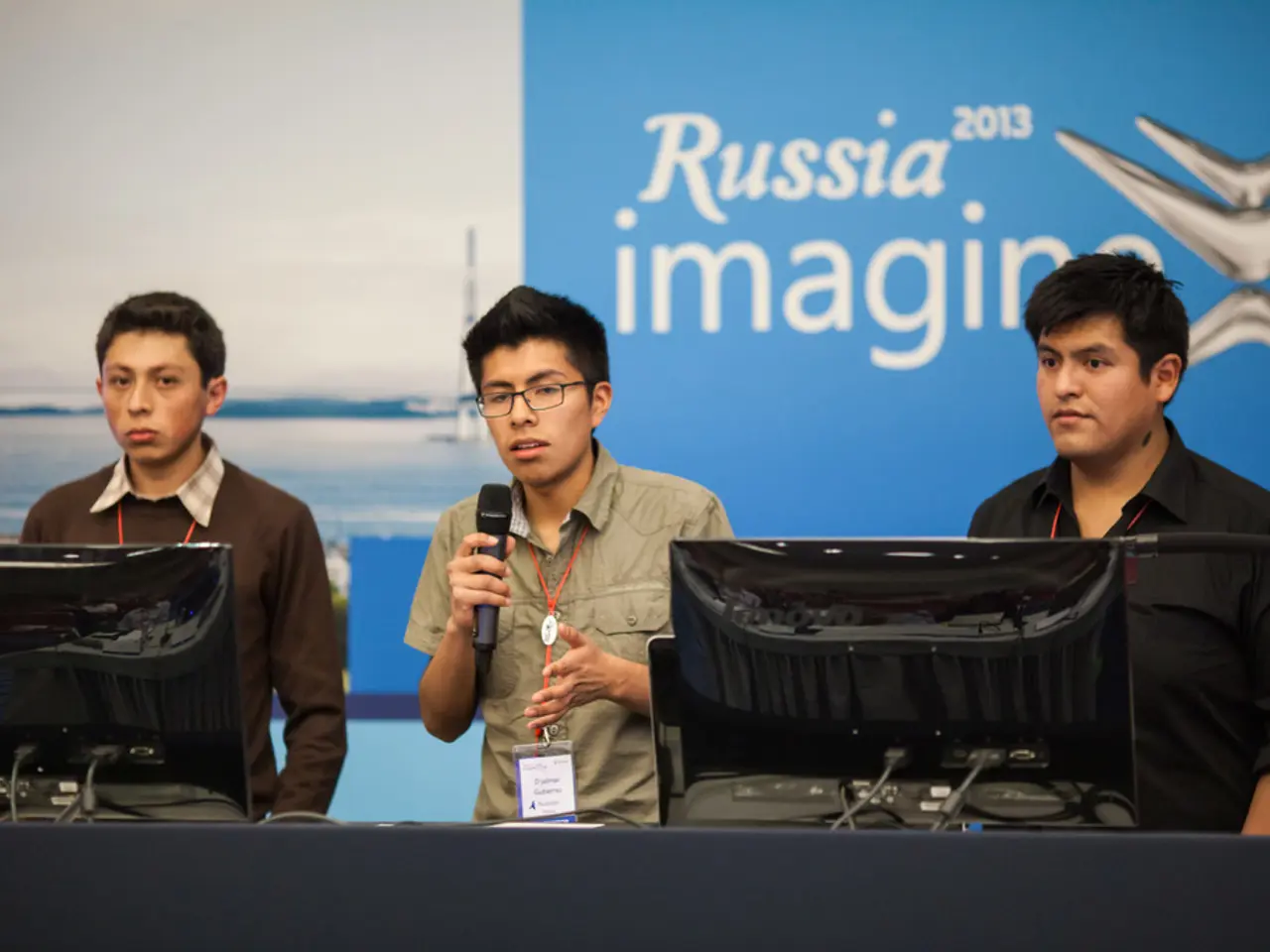Anticipated Reduction in Active Workforce Population by 6 Million by 2030, Predicts the Ministry of Labor
Russia is bracing itself for a significant labor shortage by the end of the decade, with projections estimating a deficit of around 10 to 11 million workers. This looming crisis is primarily attributed to demographic shifts, including a rapidly aging population, low birth rates, and the impact of war casualties.
The core challenges facing Russia include a declining working-age population, the impact of Ukraine war casualties, low birth rates and rising death rates, and labor shortages across all sectors. The workforce must expand by approximately 10.9 million people to replace retiring workers, but population decline and aging seriously hamper this growth. Around 700,000 men are engaged at the front lines or in defense sectors, further reducing civilian labor availability. Births have fallen to the lowest level since 1999, while deaths have risen 3.3%, accelerating demographic decline.
Evidenced by a record low unemployment rate (~2.2%), Russia is nearing full employment, yet the demand for workers continues to outpace the available workforce. By 2030, the annual labor market demand is projected to be around 2.2 million people. Over the past two years, Russia has seen a decrease in the number of potential workers and the unemployed.
However, there are potential opportunities and responses that Russia is considering to address this issue. To offset labor shortages, improving productivity is critical. The government is promoting higher birth rates with cash payouts and tax benefits for large families to slow population decline. Training and integrating foreign labor to fill gaps has been discussed as a strategy, while efforts to sustain the economy, especially the war economy, include hiring two million workers annually over five years.
The unique opportunity presented by the expected increase in the number of youth aged 15-29 is not lost on the Russian government. Nearly every graduate in Russia is expected to need to be connected with their potential employer by 2030, according to Dmitry Platygin. The number of graduates in Russia is projected to approach 2 million by 2030. The employment rate in Russia has reached its peak at 61.6%.
In summary, Russia’s demographic trends create a profound long-term labor shortage projected to severely constrain economic growth by 2030 unless productivity improvements and labor force expansions through migration or other measures are achieved. The population of older age groups is expected to increase, while the population of the 30-39 age group is expected to decrease by nearly 6 million by 2030. The unemployment rate remains at a record low of 2.2-2.3%.
The Russian government recognizes the need to boost productivity and birth rates to counteract the looming labor shortage due to the declining working-age population and the impact of war casualties, aiming to slow population decline. In light of this, improving the integration of foreign labor and incentivizing larger families through cash payouts and tax benefits have been proposed as strategies.
Amidst heightened political tensions, the economic landscape of Russia is influenced not only by internal factors but also by the global arena, particularly in terms of business, finance, and general news reporting on the ongoing Ukraine conflict. Addressing labor shortages will require a multifaceted approach, including targeted policies in light of demographic shifts and geopolitical realities.




